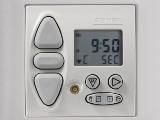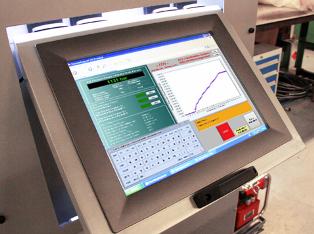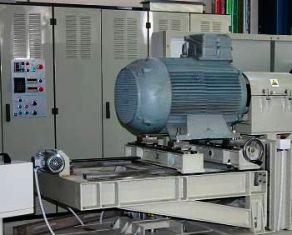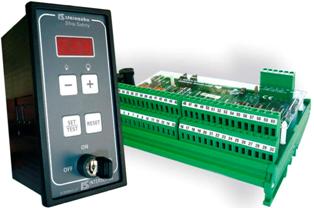General principles of building automation systems
 Each technical process is characterized by physical quantities — indicators of the process, which for the proper flow of the process must either be kept constant (maintaining an alternating current frequency of 50 Hz in power plants) or maintained within certain limits (maintaining the temperature in heaters for chickens within ± 1 ° C), or change according to a given law (change in lighting — artificial dusk and artificial dawn).
Each technical process is characterized by physical quantities — indicators of the process, which for the proper flow of the process must either be kept constant (maintaining an alternating current frequency of 50 Hz in power plants) or maintained within certain limits (maintaining the temperature in heaters for chickens within ± 1 ° C), or change according to a given law (change in lighting — artificial dusk and artificial dawn).
A set of operations necessary to maintain or change in the required direction the parameters of the regulation process is called, and the parameters of the process themselves are adjustable quantities.
The regulation that is carried out without human participation is called automatic regulating devices that carry out such regulation - automatic regulators.
A technical device that carries out a process that needs to be regulated is called an object of regulation... In order to be able to carry out regulation, the object must have a regulatory body, upon changing the position or state of which the indicators of the process will change in the defined limits or direction.
As a regulatory body, which, as a rule, is an integral part of a regulated object, it can have various devices, bodies, etc. tower, in a ventilated room — a valve in the ventilation pipe, etc. The combination of the control object and automatic regulators automatic control system (ACS).

Any automatic control system can be presented in the form of separate devices — elements that experience the influence of various factors in the process of operation. They include influences that come both on the system as a whole and on its individual elements.
There are internal and external impacts. Internal influences are those that are transmitted within the system from one element to another, forming a consistent chain of internal influences that ensure the technical process with certain indicators.
External influences, in turn, can be divided into two types. The first type includes such external influences that are deliberately applied to the input of the system and are necessary for the normal course of the technical process. Such influences are called tuning, or input.
Usually they are denoted by x, and since the work of each automation systems takes place in time, then as a rule x (f) is specified relating the action of the input quantity to time.Under the action of x (T), various quantitative and qualitative changes occur in the automation system, as a result of which the process indicators — controlled quantities — acquire the desired values or the necessary nature of the change.
The adjustable values are denoted by y(T) and are called output coordinates or output quantities.

The second type of external influences on the automatic control system includes influences that come directly to the regulated object. These influences are called external disturbances and denoted by F(T).
For different automation systems, there will be different and interference. For example, for a DC motor, the input value will be the voltage applied to the motor, the output (controlled value) will be the speed of the motor, and the disturbance will be the load on its shaft.
Distinguish between major and minor disturbances… Major disturbances include those that have the greatest influence on the controlled value y(T). If the influence of external disturbances on the controlled value y(T) is insignificant, then they are considered secondary.
So, for a DC motor with constant excitation current, the primary disturbance will be the load on the motor shaft, and the secondary disturbances are those disturbances that result in minor changes in the motor speed (in particular, changes in ambient temperature , which leads to a change in the resistance of the excitation winding and the armature winding and, therefore, currents, a change in the voltage of the network supplying the motor excitation winding, a change in the resistance of the brush contacts, etc.) .
If one output value (coordinate) is regulated in the system, then such a system is called single-loop, if several quantities (coordinates) are regulated in system 8 and a change in one coordinate of the output affects the change in another coordinate, then the system is called multi-loop.
See also: Control methods in automation systems

